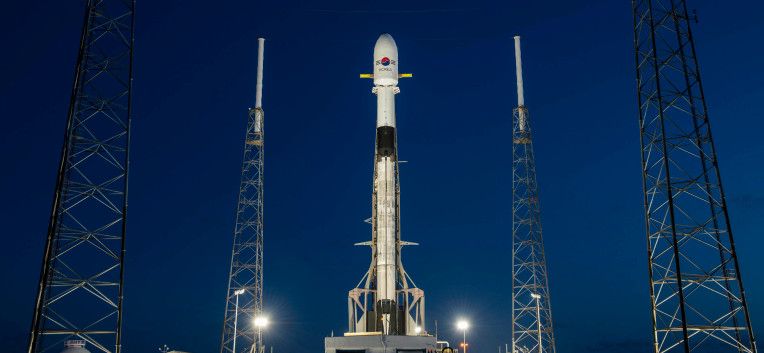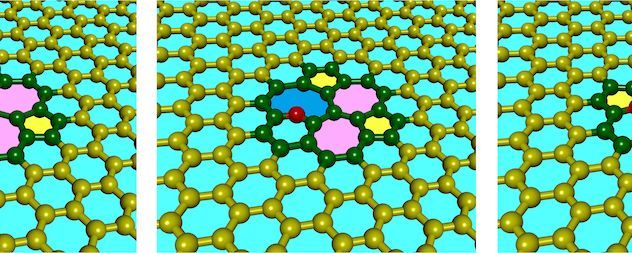
In December 2019, Donald Trump signed the U.S. Space Force Act, peeling off an orbit-and-beyond branch of the military, much as the Air Force grew out of the Army in the 1940s.
For now, the Space Force still resides within the Air Force, but nearly 90 of this year’s approximately 1000 Air Force Academy graduates became the first officers commissioned straight into the new organization. Some of those graduates were members of an academy group called the Institute for Applied Space Policy and Strategy (IASPS). Featuring weekly speakers and formalized research projects the students hope to turn into peer-reviewed papers, the group aims to game out the policies and philosophies that could guide military space activity when they are old enough to be in charge. In particular, these young cadets are interested in whether the Space Force might someday have a military presence on the Moon, and how it might work with civilians.
That activity could put the Space Force in conflict with scientists, who typically view the cosmos as a peaceful place for inquiry. But part of the club’s mission is speculating about that interplay—between the military and civilian scientists, civil space agencies, and private companies. Cadet J. P. Byrne, who will graduate in 2021, is the group’s current president. He chatted with ScienceInsider about the institute’s work. This interview has been edited for length and clarity.
Q: What does IASPS hope to accomplish?
A: Our main goal is to develop space-minded cadets not just for the Air Force, but also for the Space Force. It’s really important to know how space works, and we like to think we drive the conversation for space information in an unclassified setting.
Q: What, as an Air Force Academy cadet, interests you about space?
A: I actually wanted to be a pilot originally. But going into my junior year, seeing all the developments, I started really enjoying space. You hear this idea of a “new space era” a lot. When I think about that, it reminds me of the early excitement about the powered aircraft of the early 20th century, in that we get to explore ideas that haven’t been thought of yet. A lot of people say it’s human destiny to explore space. To me, it’s more adventuring into the unknown, or at least the less known.









